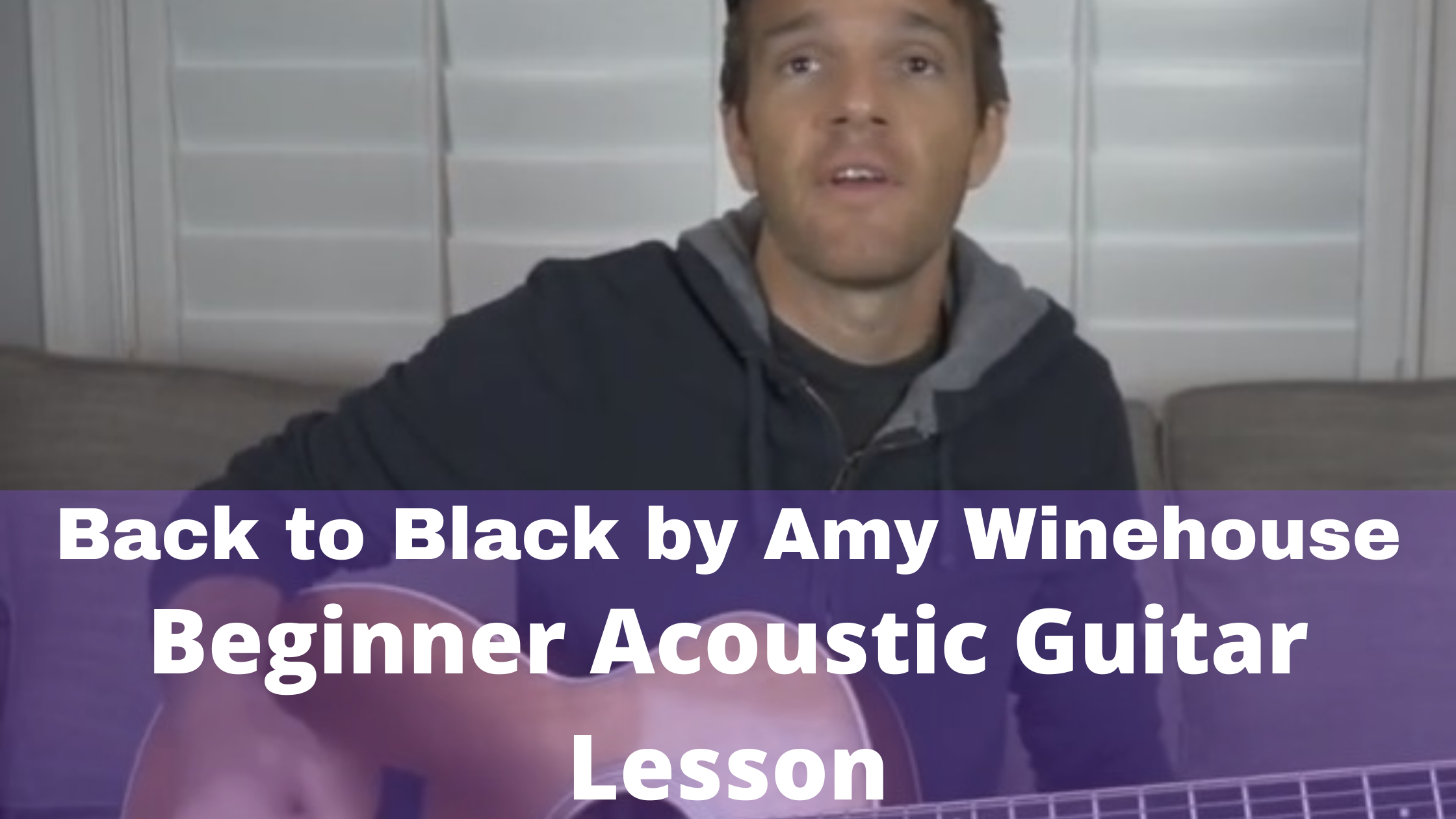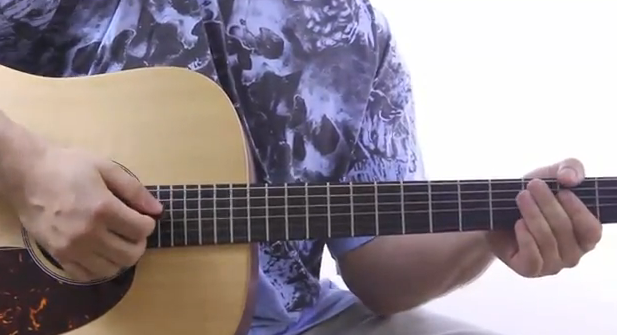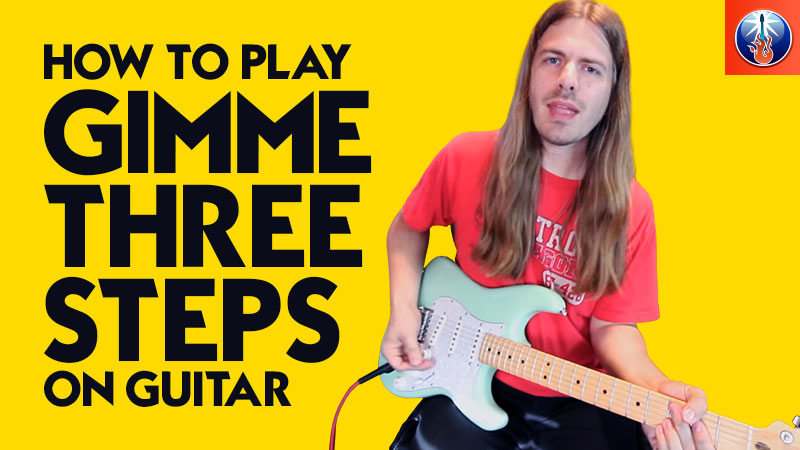Hi folks! Let’s talk about chords. There’s really an unlimited number
of possibilities in music, and we can go a lot of places with something
as basic as a “I IV” change.
For all you music theory newbies, “I IV” (one four) means
the I chord and the IV chord of any key. For example, the key of C,
I IV would mean C major to F major.
So let’s take this most basic of chord progressions , C to F,
and I’ll show you a few different ways we could play this that you might
not have considered before.
We could go any number of ways with the rhythm. For all of
these examples, I’ll use a simple but cool sounding rhythm that is made of a quarter note, a doted
quarter note, and three eighth notes. In other words, the first beat
is on ONE, the second beat is on TWO but goes into three, and then
we have notes on the AND of three, and also on FOUR and the AND of four.
ONE – TWOOOOO – AND – FOUR – AND
If that sounds complicated, don’t worry about it — just listen
and it will be clear.
Ok first example, lets take a C power chord (root , fifth , octave) and
get rid of the root. That leaves us with a fifth and octave. Then we can
move to the F power chord by just moving our fifth down one note to the
fourth. (G to F). Notice the C, which is the octave of the first chord, is
the same note as the fifth of the IV.
Sounds complicated, but its not really if you take a few minutes
to think about it. Still confused? Just play the example 🙂
Here I’m using what I call the pick and pluck technique, so I’m
using my right hand fingers to pluck these 2 note chords (also called doublestops)
and the pick to pick the notes when its just one note at a time. I’m also adding
a little vibrato to give it a musical feel.
Example 1:

[audio:https://www.claudejohnson.com/blog/audio/riff1-442011.mp3]
Ok, so that example was basically C5 to F5. Now we know that a triad
(a major chord) has the root, third, and fifth. Let’s try to go from C5 to F, where
the F is using root and third. We get this:
Example 2:

[audio:https://www.claudejohnson.com/blog/audio/riff2-442011.mp3]
Now lets do C to F using root , third on both chords:
Example 3:

[audio:https://www.claudejohnson.com/blog/audio/riff3-442011.mp3]
Now lets try something totally different. We’ll play some 10th intervals,
which is the third on the next octave. This has a very cool sound. Playing these shapes
will help your fretboard knowledge. Don’t forget to add just the right amount of vibrato!
Example 4:

[audio:https://www.claudejohnson.com/blog/audio/riff4-442011.mp3]
And let’s wrap things up with one final example… We’ll repeat the last
example but add the fifth and the third. Use a barre to accomplish this.
Example 5:

[audio:https://www.claudejohnson.com/blog/audio/riff5-442011.mp3]
Hope you had fun, learned something, and feel free to take these ideas , experiment,
and come up with some chordal magic of your own!




